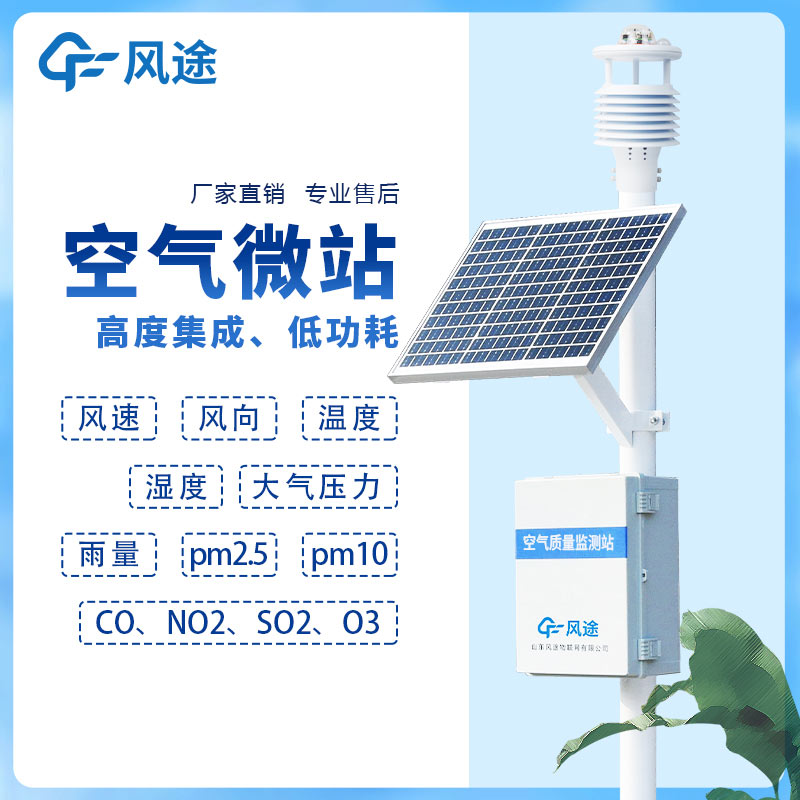Meteorological environment monitoring equipment supplier
Insist on doing high-precision customer favorite technology products
Ozone, which is the same element as oxygen but in a different form, is a pale blue gas with a distinctive odour at room temperature. Away from the ground, ozone is the "guardian" of the earth. However, near-surface ozone can have a negative impact on human, animal and plant health.
Near-surface ozone is mainly caused by human activities, such as nitrogen oxides (NOx) and volatile organic compounds (VOCs) from motor vehicle exhaust and factory emissions, which are transformed by chemical reactions at high temperatures and in bright sunlight. These pollutants come from a wide range of sources, so the impact of ozone pollution has a wide range.
How to effectively combat ozone pollution:
Encourage enterprises to implement staggered production: Promote gas-related enterprises to adopt emission reduction measures during peak production hours to minimise the emission of VOCs and NOx.
Promoting environmentally friendly paints: Advocating enterprises to use water-soluble paints and water-soluble coatings to replace traditional oil-based paints and oil-based coatings, so as to reduce the emission of VOCs.
Strengthening the management of catering fumes: Strengthening the control of catering fumes, requiring relevant units to install highly efficient fume purification facilities, and ensuring that fume emissions meet the standards.
Promote traffic congestion management: vigorously develop urban public transport, improve motor vehicle emission standards, encourage the public to adopt green and low-carbon travelling modes, and reduce motor vehicle exhaust emissions.
Automatic air quality monitoring stations are the "eyes" of the urban environment guard. These "eyes" gaze at the atmosphere day and night, keenly capturing changes in airborne pollutants. Unlike traditional air stations, Air Whistles use the latest sensing technology and data analysis methods to enable instantaneous capture of pollution data. Every environmentally critical city is equipped with a network of Air Sentinels, which act as the city's "respiratory system", sensing and providing real-time feedback on air quality. This data not only provides a basis for city managers to make decisions, but also provides a window for the public to understand the air conditions around them. It can be said that the air whistle is the guardian of urban air health, but also an important force to promote green development.
